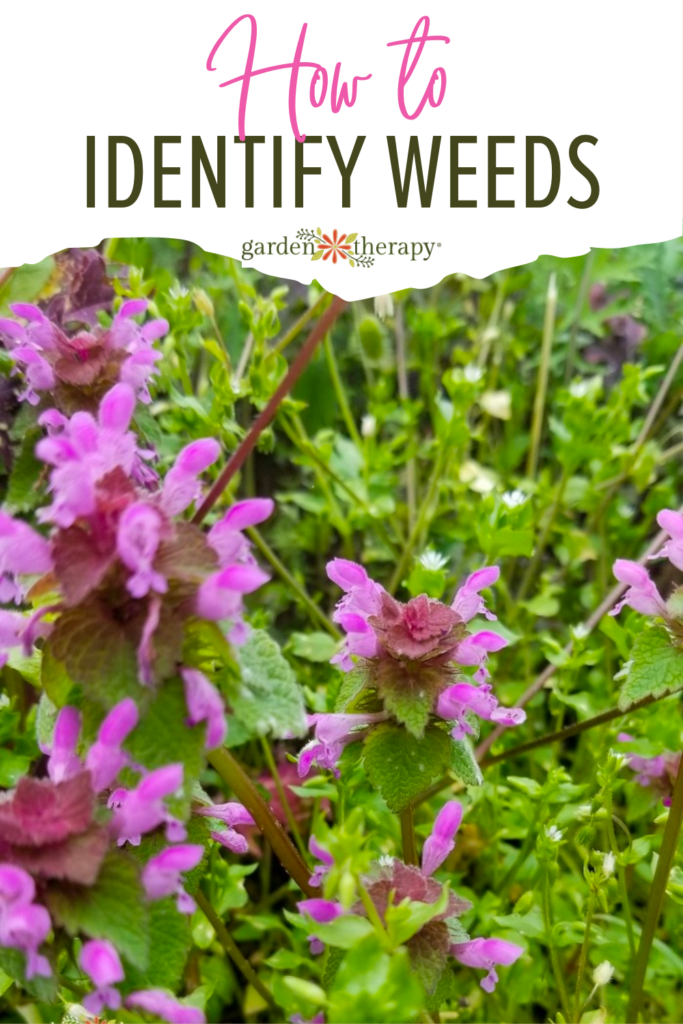When it comes to a weed, it’s all in the eye of the beholder. The clover on my lawn suits me and the bees just fine, but an outbreak of fireweed in my vegetable patch? Not so much! Today, I’m joined by weed expert Tasha Greer to talk all about the types of weeds in our gardens and which ones we should really be digging up.
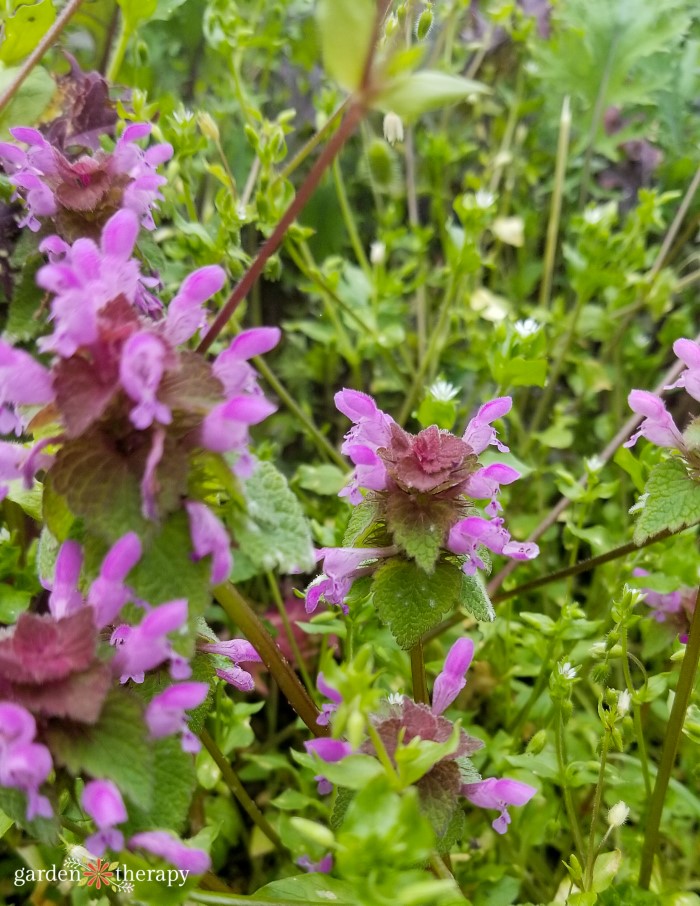
Last year, I got the chance to meet Tasha Greer from Simplestead while I was doing a birthday celebration for my book, Garden Alchemy. I’m happy to say that she’s back again this year after the release of her brand new book, Weed-Free Gardening: A Comprehensive and Organic Approach to Weed Management.
When reading Weed-Free Gardening, I couldn’t help but notice how similar of an approach we have to the idea of weeds! While Tasha grows on a homestead and I in a small urban garden, we can still both see the beauty in every plant…even the weeds.
I’ve talked a lot about rethinking the idea of weeds before, but today I want to really break down the definitions of the types of weeds. With Tasha’s help of course!
Make sure to check out Weed-Free Gardening for more on how to take control of the weeds in your garden 100% naturally.
This post will cover…
- What is a Weed?
- Understanding the Types of Weeds
- 1. Plants Adapted to Protect Exposed Soil After Natural Disasters
- 2. Plants Adapted to Take Advantage of Our Agricultural Practices
- 3. Cultivated or Native Plants That Behave Like Weeds
- 4. Plants Detrimental to Ecosystems or Human Enterprises
- 5. Vegetation Cleared for Gardening or Agriculture
- Common Types of Lawn Weeds
- Common Types of Garden Weeds
- Frequently Asked Questions About Types of Weeds
- More Posts About Weeds
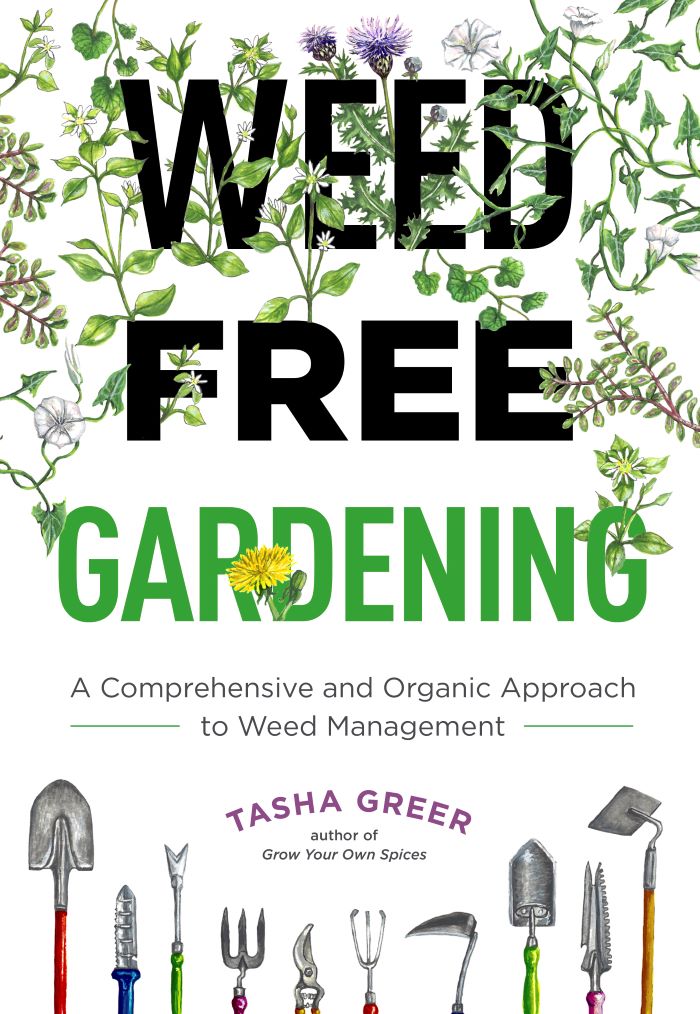
Reprinted with permission from Weed-Free Gardening: A Comprehensive and Organic Approach to Weed Management by Tasha Greer © 2022. Published by Cool Springs Press. Photography courtesy of Tasha Greer where noted.
What is a Weed?
A weed is a word we give to plants that grow where we don’t want them to. Tasha defines a weed as a “volunteer plant that shows up uninvited in our landscapes.” I love using the word volunteer here!
Oftentimes, weeds are the first things to grow in poor soil. They don’t mind volunteering to be the first to arrive to make conditions better for future plants. Weeds are essential in soil regeneration, helping to bring water and nutrients back to the soil.
However, sometimes we don’t always want these weeds in our garden. And that’s okay too! But before you go ahead and rip out all your weeds, consider rethinking and learning about the benefits of weeds first.
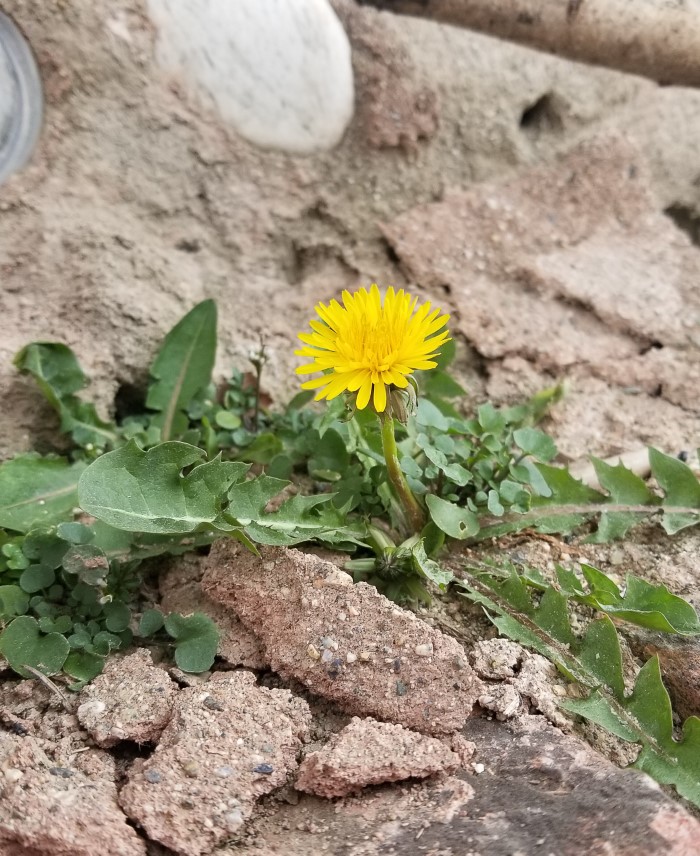
Understanding the Types of Weeds
In Weed-Free Gardening, Tasha breaks down weed-like plants into five different categories. Here they are for you to consider!
1. Plants Adapted to Protect Exposed Soil After Natural Disasters
After a natural disaster, we often let mother nature take control. After all, she knows what’s best to heal herself. For instance, after a forest fire, you’ll begin to see previously dormant seeds begin to sprout.
With access to light, they finally grow, flower, then die. Within a couple of years, this plant matter has turned into a layer of mulch and has helped to stabilize the soil. This creates better conditions for other plants to now grow.
“In our gardens, we often disturb our land much like a fire would,” says Tasha. “By eliminating native vegetation—raking out leaf litter, digging into the subsoil to remove unwanted plants, and allowing topsoil to erode by wind and rain—our actions trigger weeds to spring into action to protect soil.”
In reality, these plants are just doing what they know best! They’re trying to help reclaim the soil and improve it for more plants to come in.
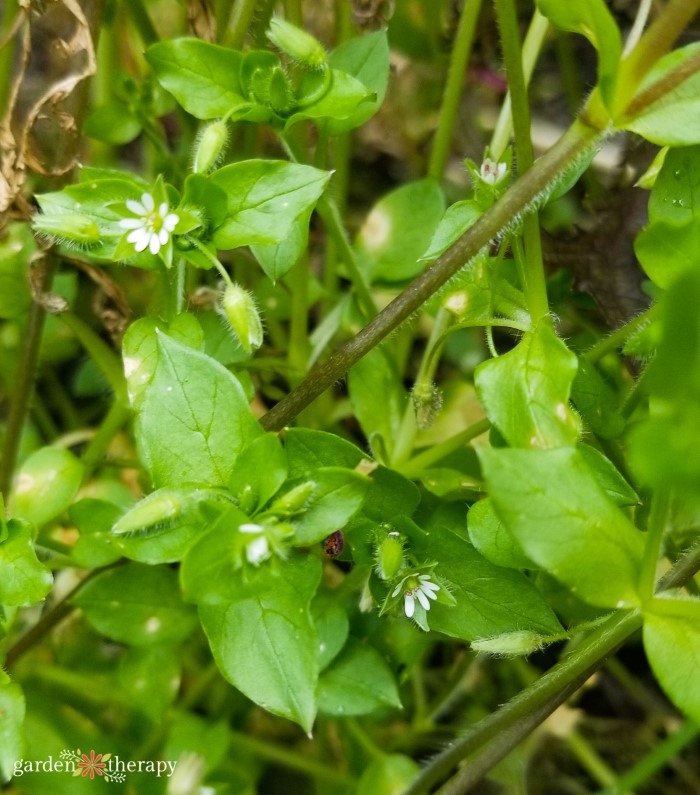
2. Plants Adapted to Take Advantage of Our Agricultural Practices
As our farming and agricultural practices have evolved over time, so have the weeds. As we create ideal conditions for our food and crops to grow, it makes sense that this would also appeal to travelling and formerly cultivated plants.
These types of weeds love disturbed soil and will grow better than even the plants we intended to grow.
“Unfortunately, as former cultivated plants, this class of weeds knows our ways and grows well even though we no longer want them to,” says Tasha. “But in fact, many weeds are plants whose virtues have been forgotten. For this type of weeds, once you know their histories and uses, you may decide to reconcile your differences and coexist compatibly in your landscape.”
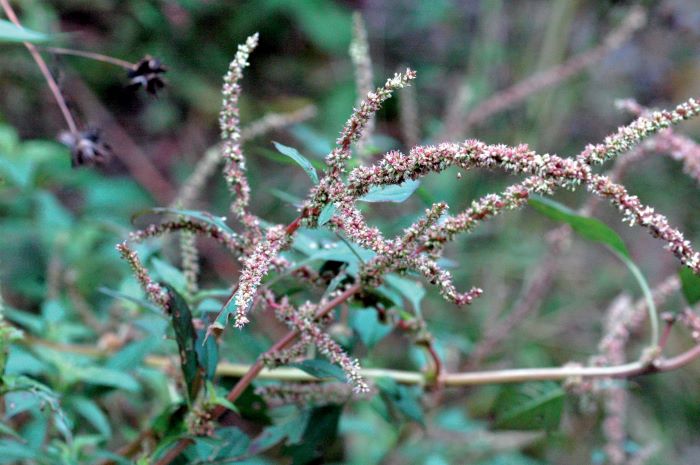
3. Cultivated or Native Plants That Behave Like Weeds
Native plants are going to grow well in your garden. Your microclimate, soil, sunlight, and water conditions are all perfectly suited for them. After all, this is where they come from!
It makes sense that these cultivated or native plants will work their way into your garden’s ideal conditions. Comfrey, dandelion, lemon balm, strawberries, and chickweed all can be found near my garden and I let them stay as long as they like.
Tasha notes, “These kinds of plants aren’t true weeds, they’re just productive in tough conditions. Yet, once you learn the secrets to growing them responsibly, you’ll stop seeing them as invasive and begin to see them as the beautiful garden allies they truly are.”

4. Plants Detrimental to Ecosystems or Human Enterprises
This category isn’t as ‘nice’ as the others. In this case, they might actually fit the term weed. Most of the time, these weeds have been classified by the government as invasive species. They aren’t native and often arrive first as ornamentals or by accident through importation.
“Without their native pests and diseases to impede their growth, and in amenable climate or soil conditions, they spread quickly,” says Tasha. They can pose threats to native species, to wildlife, and to agriculture.”
In BC, we have many invasive species. While some I find a use for some (like comfrey or English Holly), others are dangerous such as giant hogweed. It has vigorous growth and large size, quickly overtaking areas of native plants. Its highly toxic sap can also cause hypersensitivity to sunlight resulting in burns and blisters for humans.
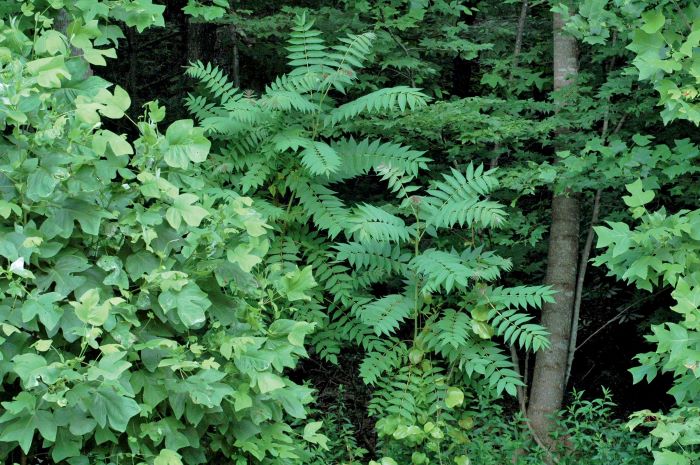
5. Vegetation Cleared for Gardening or Agriculture
Interestingly enough, Tasha says that our recent thinking of weeds only began in the 1950s with the introduction of synthetic herbicides.
“Before that, for most of our 200,000-year human history, we were nomadic hunters and gatherers reliant on wild plants and game as resources. In that context, the idea of weeds wouldn’t have existed. Then, about 12,000 years ago, humans around the world began to farm. The act of clearing land for farming and housing was the start of when humans began treating wild plants as weeds.”
This type of weed classification exists only for farmers. It would cover any plants you need to remove in order to make way for vegetation, and the ones that try to come back!

Common Types of Lawn Weeds
Now I’ll leave it up to you as to whether or not the plants growing in your garden are considered weeds. Here are some of the most common grass “weeds” you might see popping up on your lawn:
- Dandelions
- Violets
- Chickweed
- Crabgrass
- Quack grass
- White clover
- Broadleaf plantain
- Creeping Charlie
- Yellow nutsedge
- Ground ivy

Common Types of Garden Weeds
While it’s easy to mow your lawn or simply let the weeds take over the grass, you may not want specific weeds taking over your vegetable garden or ornamentals. Here are some more common weeds you may find in the beds:
- Canada thistle
- Fireweed
- Broadweed
- Stinging nettle
- Pigweed
- Yellow woodsorrel
- Horsetail
- Dock
- Vetch
- Sorrel
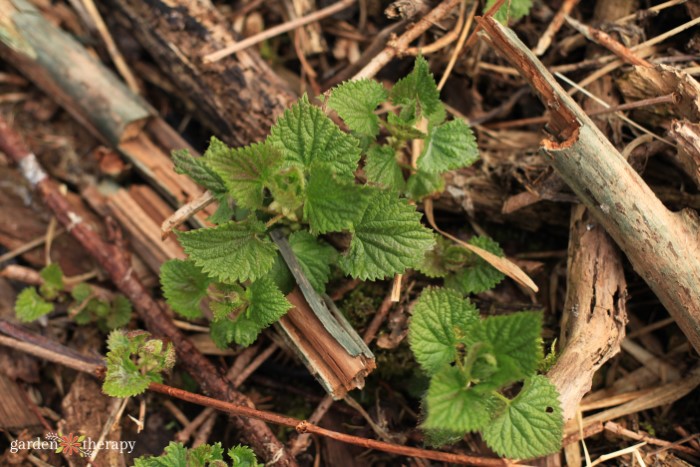
Frequently Asked Questions About Types of Weeds
While it depends on every region, the worst lawn weeds are those that are difficult to eliminate and spread quickly and easily. The most common weeds you will see repeatedly on your lawn despite efforts to get rid of them are dandelions, white clover, crabgrass, and creeping Charlie.
Most of the time, simply taking off a plant’s leaves will not render it gone. The hardest weeds to get rid of are those with a strong taproot or extensive root system. This means you have to get rid of all the roots, not just what lies above the soil, to get rid of the plant.
Other weeds that are difficult to get rid of are those that spread their seeds easily. For instance, dandelions travel easily with their seed heads in the wind. Weed seeds can be dormant for years before they begin to grow.
While you can search the web to try and identify your weeds, I tend to let a mysterious plant grow for a while before deciding what to do with it. You may be able to identify it when it’s larger and notice its place in the garden.
You can learn more about my weed identification methods here.
Avoid using any kinds of synthetic herbicides anywhere in your yard, lawn, or garden. Instead, the best practices involve prevention.
Be careful when transplanting plants, soil, and compost to prevent the spreading of weeds. Utilize cover crops or sheet mulching to smother weeds. Practice polyculture gardening practices to encourage biodiversity.
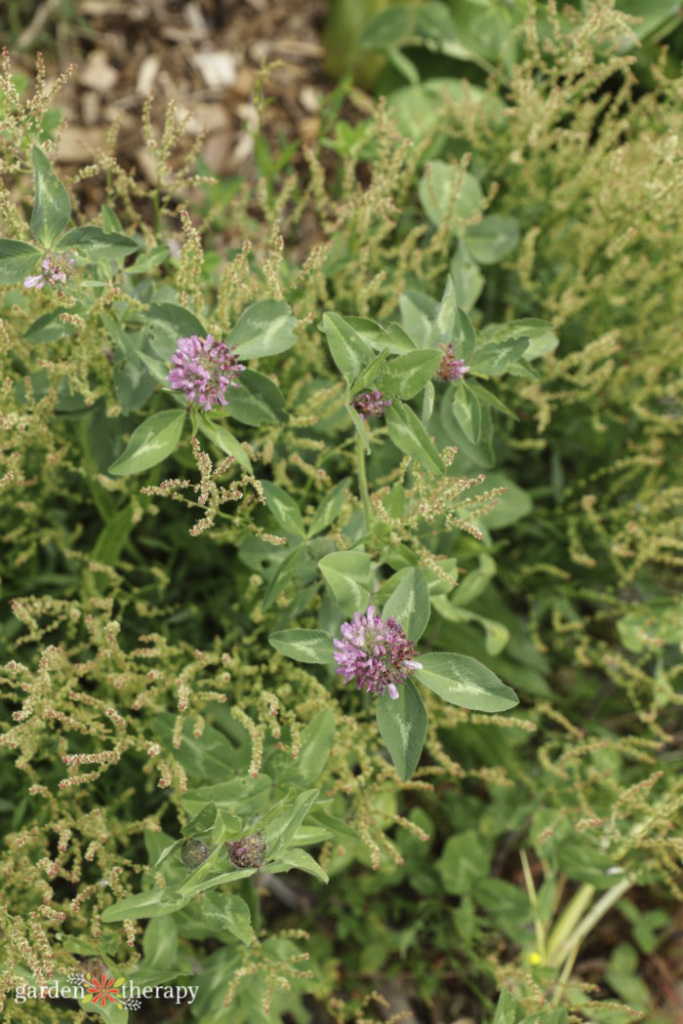
That covers the basics of the many types of weeds! I know it can get confusing as it all comes down to your individual perspective. I’m curious to know what you think of the many common “weeds” you might find in your garden. Let’s start a conversation in the comments down below!

